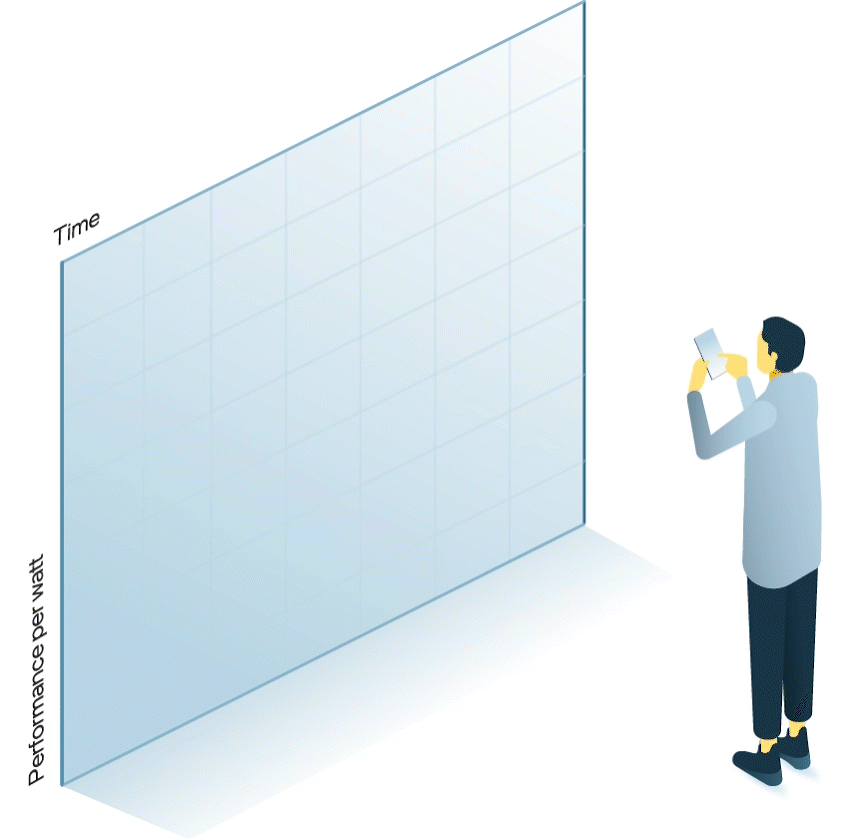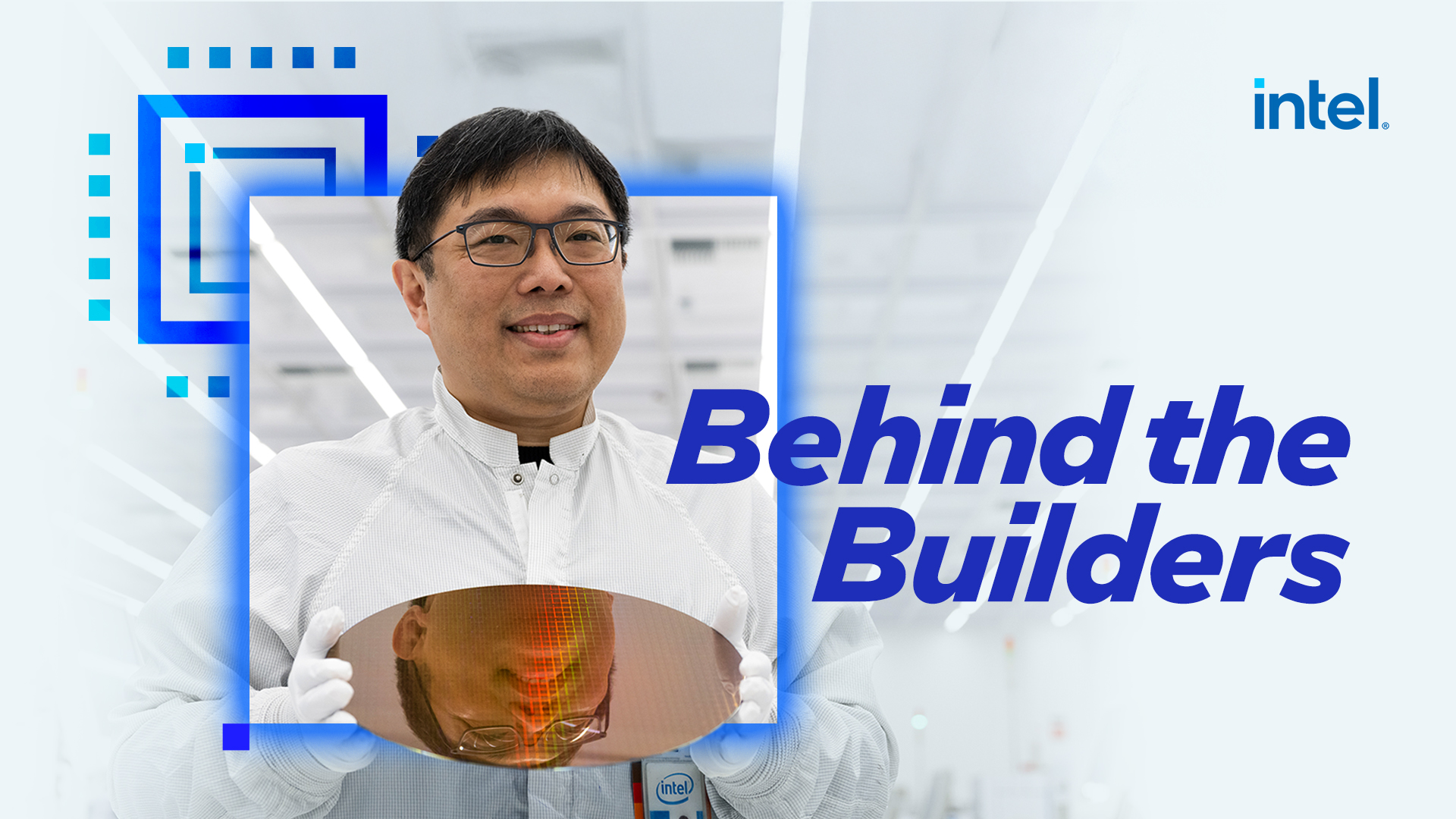Understanding Moore’s Law

Learn about Moore’s Law – a prediction from 1965 that set the pace for the digital revolution.
What if we told you that a prediction from 1965 still holds true today? That’s right, Moore’s Law is a prediction made by Intel co-founder Gordon Moore
that set the pace for the digital revolution. But what exactly is Moore’s Law and why is it such a big deal? We break it down for you below.

The golden rule of technology
From careful observation of an emerging trend, Moore extrapolated that
computing would dramatically increase in power and decrease in relative
cost at an exponential pace. He predicted the number of transistors on a
chip would double roughly every two years, with a minimal increase in cost.
This prediction became known as Moore’s Law.
Moore’s Law became the golden rule for the electronics industry, and a
springboard for innovation. And Moore paved the way for Intel to make the
faster, smaller, more affordable transistors that drive modern tools and toys.
Wait, is Moore’s Law dead?
Definitely not
Moore’s Law only stops when innovation stops, and innovation continues unabated at Intel in process, packaging and architecture. Yet several times over the past four decades, most recently in the mid-to late 2010s, experts posited that the industry had reached a point where maintaining the pace of Moore’s Law was no longer physically possible. That couldn’t be further from the truth. Intel has a rich history of foundational process innovations in pursuit of Moore’s Law. For over 50 years, engineers have continually innovated to squeeze more and more transistors onto ever-smaller chips and maintain the pace of Moore’s Law.

Going forward, gains will come from innovations in both process (transistor design) and packaging. Advanced packaging gives architects and designers new tools in their pursuit of Moore’s Law. EMIB allows for side-to-side interconnection of chiplets and Foveros for 3D stacking of chiplets. Soon to come: RibbonFET, gate-all-around technology that expands the surface of a transistor. Intel engineers are responsible for many of these innovation milestones for continued power, performance and cost improvements that will enable the transition from system-on-chip designs to systems of chips in a package.
The pillars supporting the future of Moore’s Law
Essential technologies
- New transistor designs
- Lithography breakthroughs
- Advanced packaging
More smaller, faster transistors and multiple tiles per package driving performance per watt.
New concepts
- New types of switches
- Increased performance
- Increased energy efficiency
Reimagining computing with game-changing chip physics for future generations.
New capabilities
- More efficient power delivery
- Greater memory resources
- Material breakthroughs
Extending the limits of silicon to meet coming power and memory demands.

Summary
- Moore’s Law is the prediction that the number of transistors on a chip will double roughly every two years, with a minimal increase in cost.
- Moore’s Law, created by Gordon Moore before he co-founded Intel, has remained the golden rule for the electronics industry since its 1965 publication.
- Moore’s Law only stops when innovation stops, and innovation continues to push forward.
- Download this Tech 101
Ready to discover more?
The Intel Tech 101 series mixes visuals and descriptions to break down complex subjects and demystify the technology we use every day.



